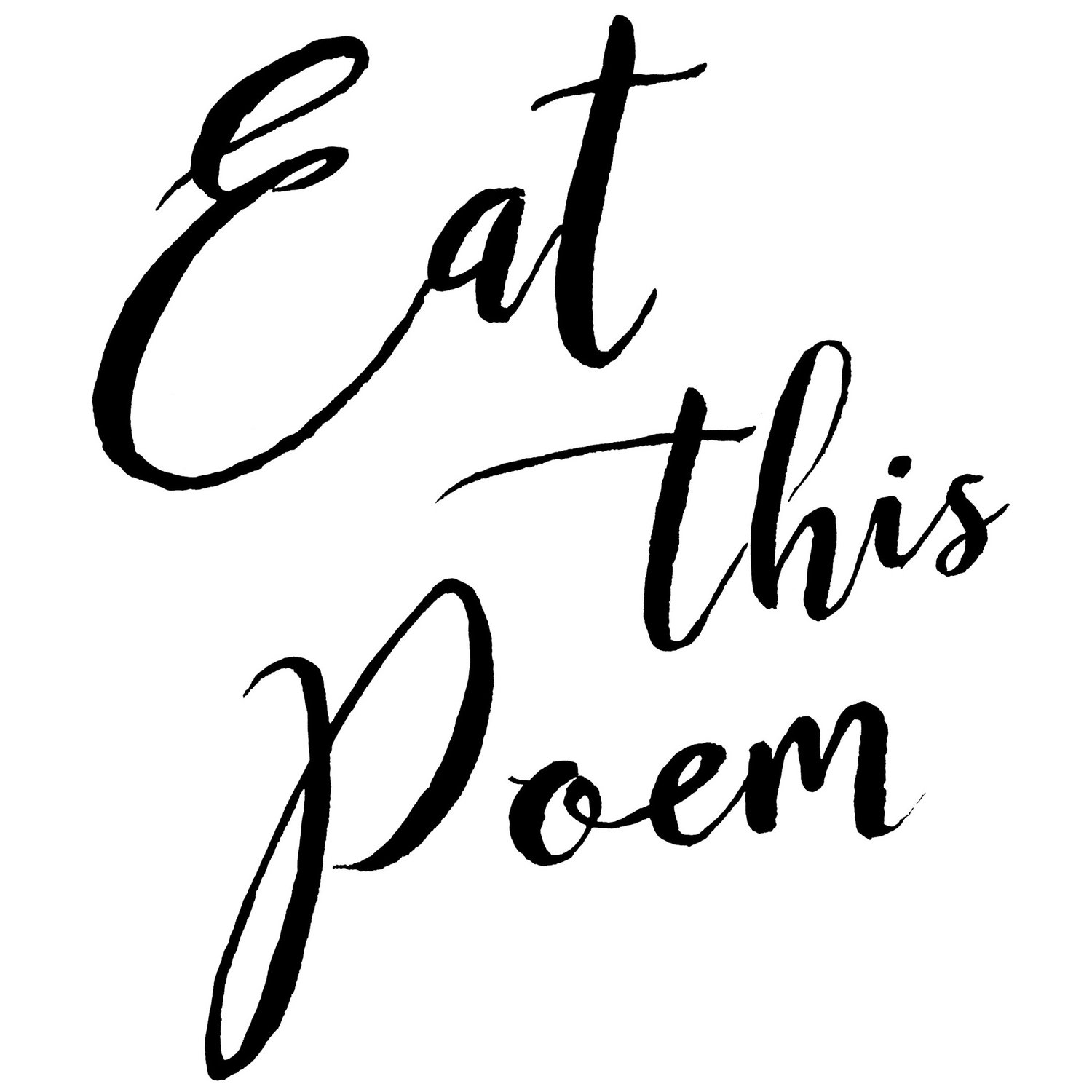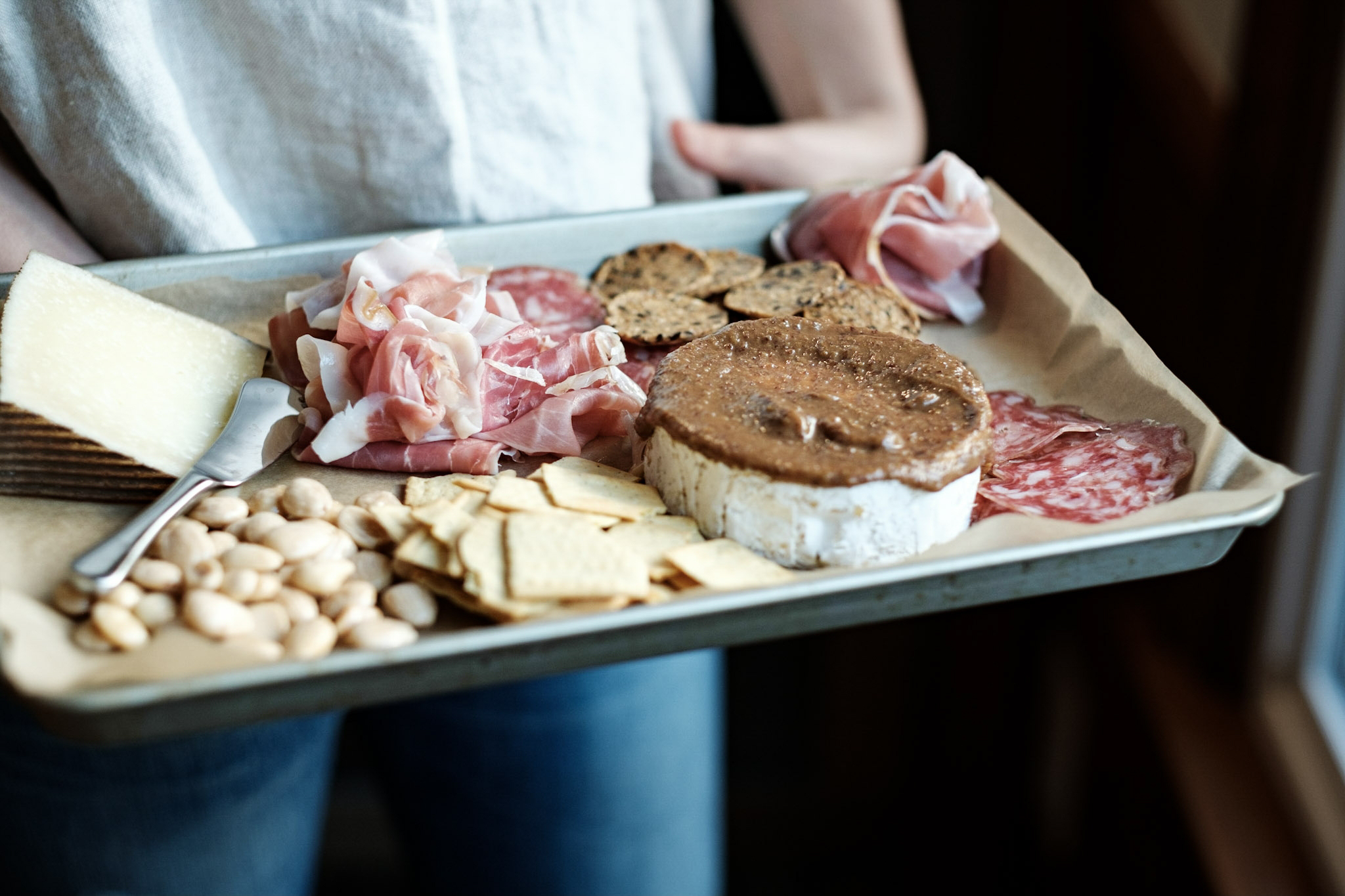In 2017 I traveled to Seattle, Brooklyn, Indianapolis, and a few spots around Southern California, and it was always an incredible treat to introduce Eat This Poem to new readers. But now I'm getting ready to hunker down for the holidays and spend the rest of the year at home. My very last stop was in Northern Michigan, specifically Harbor Springs and the surrounding area, where I spoke on two panels at the Harbor Springs Festival of the Book. I had a little time to explore while I was in town, and here are my favorite finds.
HARBOR SPRINGS
Between the Covers. The local bookstore, complete with a small children's section in back.
Small Batch Bakery. I walked out with a giant chocolate cookie sprinkled with sea salt. Enough said.
American Spoon. This is the place for locally made jam. The tasting bar is a nice touch, so you can sample before you buy.
Pond Hill Farm. A few miles outside of town, this spot is fun for both kids and adults. The downstairs has a cute little shop, and the cafe is upstairs. Everyone told me to get the Parmesan-crusted grilled cheese and the spicy kale slaw with peanut sauce. You can also wander around and enjoy the views of vegetables.
The Depot. This converted train station is the fanciest restaurant in town, and it's also members only. I was lucky enough to be a guest my last night, and the local walleye with creamy risotto didn't disappoint. (Bonus: We ate inside the Hemingway Room, because he often came to town. You can also find his statues around the area.)
PETOSKEY
Dripworks Coffee. I ordered a turmeric tea latte and spent three hours here one afternoon. There are cozy booths (with outlets) and a great drink menu, for both tea and coffee lovers.
McLean & Eakin. Another charming bookstore, perfect for picking up a new read for the plane ride home.
Palette Bistro. I ate here for both lunch and brunch. It's simple, Mediterranean-inspired fare with a great view of the lake.





















